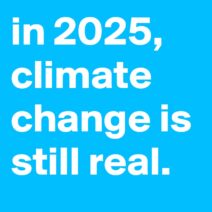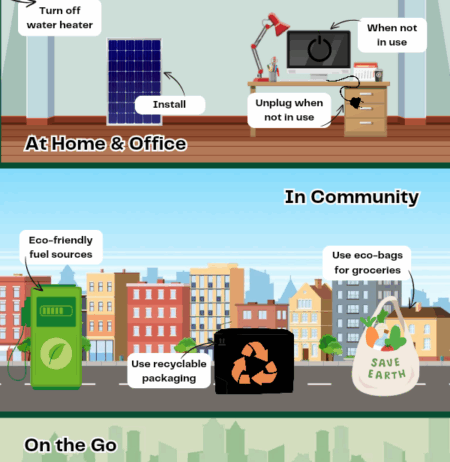Energy conservation is a multifaceted endeavor that holds profound implications for the community around you. It transcends mere monetary savings on utility bills; it promises a quantifiable shift in how people perceive and interact with their environment. This discourse on energy conservation epitomizes a holistic approach—juxtaposing individual responsibility with communal benefit, ultimately fostering a more sustainable future.
At its core, energy conservation is about using less energy to provide the same service. This fundamental principle can reshape community dynamics significantly, leading to heightened awareness and collective action. When individuals commit to reducing their energy consumption, they contribute not only to environmental health but also to a communal ethos of sustainability. Imagine neighborhoods where flickering lights are swapped for energy-efficient alternatives, where old appliances are replaced with modern, eco-friendly versions, and where cars are traded for bicycles or public transportation. These small yet potent actions herald a new way of thinking about energy usage.
One of the immediate impacts of energy conservation is evident in economic savings. Communities that successfully implement energy conservation measures can realize considerable financial benefits. Lower energy consumption results in reduced utility costs, allowing households to redirect those savings into other areas—education, health care, or community development. This shift can lead to increased spending in local businesses, invigorating the local economy. With more disposable income, residents may choose to invest in community initiatives, bolstering social bonds and enriching public life.
Furthermore, energy conservation fosters an enhanced atmosphere of collaboration within communities. Initiatives such as neighborhood energy audits or community solar projects encourage residents to engage with each other. Working collectively towards a common goal not only builds camaraderie but also cultivates an educational environment. Workshops on energy-efficient practices or discussions around sustainable living can empower citizens, enhancing their knowledge base and motivating them to take further action. Thus, energy conservation becomes less of a solitary endeavor and more of a shared journey, strengthening community ties.
Moreover, the environmental benefits of energy conservation serve as a compelling selling point. Communities that actively pursue energy-efficient practices can dramatically reduce their carbon footprint. A collective shift towards renewable energy sources—solar panels, wind turbines, geothermal systems—can lead to cleaner air and a healthier environment. The visible consequences of these actions foster pride among residents, who become stewards of their surroundings. This galvanization of community spirit not only promotes environmental consciousness but also catalyzes broader discussions on climate change and its impacts on both local and global scales.
In this light, energy conservation can fundamentally alter the social fabric of neighborhoods. Communities that prioritize sustainability often experience enhanced quality of life. Less pollution leads to improved public health, and as residents adopt eco-friendly practices, public spaces evolve to reflect this commitment. Parks are maintained with sustainable landscaping, public transit becomes more efficient and accessible, and residential areas may develop green corridors that promote biodiversity. Such transformations illustrate the interconnectedness of energy conservation and quality of life, where ecological consciousness breeds societal well-being.
The implications of energy conservation extend into the realm of social equity as well. Vulnerable populations often bear the brunt of energy poverty—where the costs of energy consume a disproportionate share of their income. By implementing community-wide energy-saving programs, municipalities can alleviate the financial burdens faced by low-income families. Programs that subsidize energy-efficient appliances or retrofitting local homes can cultivate equity in energy access, ensuring all citizens can partake in the benefits of reduced consumption. A commitment to energy conservation can thus serve as a vehicle for social justice, bridging disparities and fostering inclusivity.
Yet, the journey towards energy conservation is not devoid of challenges. Resistance may arise from established norms or habits deeply ingrained in community practices. Perceptions of energy-efficient practices as inconvenient or unnecessary can hinder progress. Therefore, educating the community on the tangible benefits of conservation is crucial. Persuasive storytelling—sharing local success stories and practical tips—can unravel misconceptions and spark enthusiasm among residents. Engaging local leaders and influential figures can also champion the cause, drawing attention to the importance of energy conservation and instigating change.
Innovative technologies play a critical role in this shift as well. The introduction of smart meters, energy-efficient appliances, and home automation systems can empower consumers with real-time data, enabling them to make informed decisions about their energy usage. By visualizing energy consumption patterns and identifying waste, residents become active participants in the conservation process. Technology, paired with a grassroots understanding of energy consumption, creates a potent combination that can instigate significant change within communities.
Ultimately, energy conservation embodies a growing consciousness that surpasses immediate benefits. It instigates a cultural shift, reorienting communities toward a sustainable future. As residents become more engaged in conservation efforts, their collective actions can reverberate throughout the entire community, impacting everything from local economies to public health. By prioritizing energy conservation, communities position themselves to thrive amid the challenges posed by climate change, transforming not just individual habits but the very essence of community living.
This paradigm shift beckons individuals to look beyond their immediate surroundings, inviting them to participate in a greater narrative of environmental stewardship. As curiosity piques and perspectives shift, communities equipped with knowledge and collective intent can create a resilient framework that champions sustainability for generations to come.






